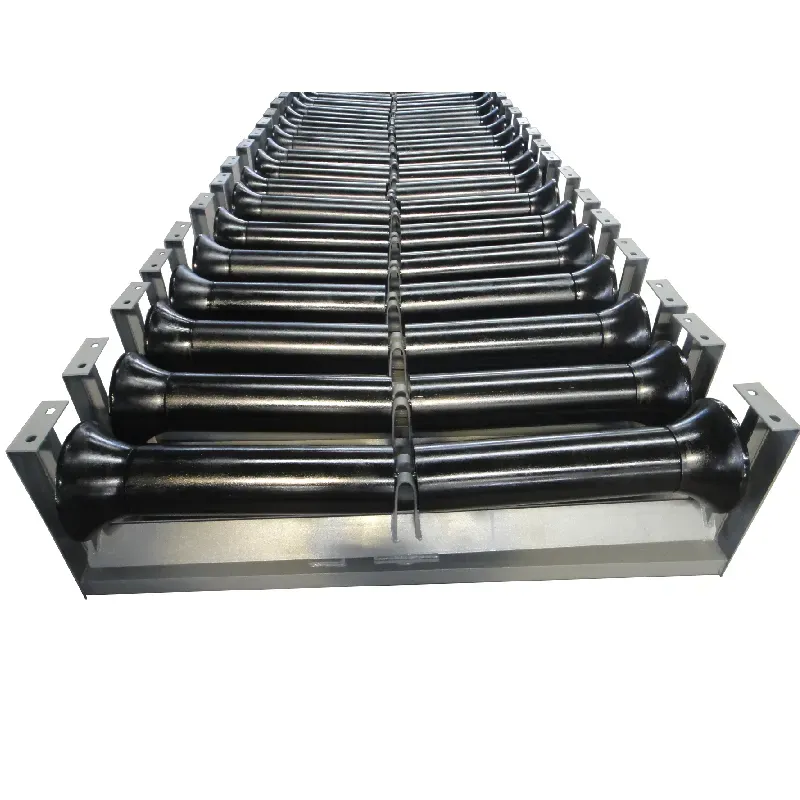 Afrikaans
Afrikaans  Albanian
Albanian  Amharic
Amharic  Arabic
Arabic  Armenian
Armenian  Azerbaijani
Azerbaijani  Basque
Basque  Belarusian
Belarusian  Bengali
Bengali  Bosnian
Bosnian  Bulgarian
Bulgarian  Catalan
Catalan  Cebuano
Cebuano  Corsican
Corsican  Croatian
Croatian  Czech
Czech  Danish
Danish  Dutch
Dutch  English
English  Esperanto
Esperanto  Estonian
Estonian  Finnish
Finnish  French
French  Frisian
Frisian  Galician
Galician  Georgian
Georgian  German
German  Greek
Greek  Gujarati
Gujarati  Haitian Creole
Haitian Creole  hausa
hausa  hawaiian
hawaiian  Hebrew
Hebrew  Hindi
Hindi  Miao
Miao  Hungarian
Hungarian  Icelandic
Icelandic  igbo
igbo  Indonesian
Indonesian  irish
irish  Italian
Italian  Japanese
Japanese  Javanese
Javanese  Kannada
Kannada  kazakh
kazakh  Khmer
Khmer  Rwandese
Rwandese  Korean
Korean  Kurdish
Kurdish  Kyrgyz
Kyrgyz  Lao
Lao  Latin
Latin  Latvian
Latvian  Lithuanian
Lithuanian  Luxembourgish
Luxembourgish  Macedonian
Macedonian  Malgashi
Malgashi  Malay
Malay  Malayalam
Malayalam  Maltese
Maltese  Maori
Maori  Marathi
Marathi  Mongolian
Mongolian  Myanmar
Myanmar  Nepali
Nepali  Norwegian
Norwegian  Norwegian
Norwegian  Occitan
Occitan  Pashto
Pashto  Persian
Persian  Polish
Polish  Portuguese
Portuguese  Punjabi
Punjabi  Romanian
Romanian  Russian
Russian  Samoan
Samoan  Scottish Gaelic
Scottish Gaelic  Serbian
Serbian  Sesotho
Sesotho  Shona
Shona  Sindhi
Sindhi  Sinhala
Sinhala  Slovak
Slovak  Slovenian
Slovenian  Somali
Somali  Spanish
Spanish  Sundanese
Sundanese  Swahili
Swahili  Swedish
Swedish  Tagalog
Tagalog  Tajik
Tajik  Tamil
Tamil  Tatar
Tatar  Telugu
Telugu  Thai
Thai  Turkish
Turkish  Turkmen
Turkmen  Ukrainian
Ukrainian  Urdu
Urdu  Uighur
Uighur  Uzbek
Uzbek  Vietnamese
Vietnamese  Welsh
Welsh  Bantu
Bantu  Yiddish
Yiddish  Yoruba
Yoruba  Zulu
Zulu conveyor pulley lagging
Understanding Conveyor Pulley Lagging Importance, Types, and Benefits
Conveyor systems play a critical role in various industries, facilitating the efficient movement of goods and materials. One of the key components of these systems is the conveyor pulley, which helps to redirect the conveyor belt and maintain its alignment. However, the effectiveness and longevity of a conveyor pulley can be significantly enhanced through a process known as lagging. In this article, we will delve into the significance of conveyor pulley lagging, explore the different types available, and highlight the numerous benefits associated with this essential component.
What is Conveyor Pulley Lagging?
Lagging refers to the process of applying a layer of material to the surface of a conveyor pulley. This layer serves multiple purposes, including increasing friction between the pulley and the conveyor belt, protecting the pulley from wear and damage, and providing a surface that can resist abrasion and impact. As conveyor belts operate under varying loads and speeds, lagging becomes crucial for maintaining optimal performance in the system.
Importance of Conveyor Pulley Lagging
1. Enhanced Friction One of the primary functions of lagging is to improve the coefficient of friction between the pulley and the conveyor belt. This enhanced grip prevents slippage, ensuring that the belt maintains its tension and operates smoothly, thereby optimizing the overall performance of the conveyor system.
2. Wear Protection Conveyor pulleys are subject to significant wear due to constant contact with the moving belt and the materials being transported. Lagging provides an additional protective layer that absorbs impact and reduces wear on the pulley itself, ultimately prolonging its operational life and reducing maintenance costs.
3. Reduction of Belt Damage A lagged pulley minimizes the risk of damage to the conveyor belt by providing a more forgiving surface. This is particularly important in heavy-load applications, where the risk of belt fraying or tearing is higher. By using lagging, operators can ensure that their belts remain in good condition for longer.
4. Operational Efficiency Efficient operation of conveyor systems directly contributes to productivity within an organization. By implementing lagging, companies can reduce downtime caused by maintenance or replacement of pulleys and belts, leading to smoother operations and increased throughput.
conveyor pulley lagging

Types of Conveyor Pulley Lagging
There are several types of lagging materials that can be used, each with its own unique features and benefits
1. Rubber Lagging Commonly used due to its excellent durability and resistance to wear. It provides good friction properties, making it an ideal choice for most applications.
2. Ceramic Lagging This type incorporates ceramic tiles into the lagging material, offering exceptional wear resistance and friction properties. It is especially beneficial in heavy-duty applications where maximum grip and durability are required.
3. Polyurethane Lagging Known for its flexibility and impact resistance, polyurethane lagging is suitable for applications where there is a potential for high impact loads. It also provides good resistance to chemicals and moisture.
4. Composite Lagging Combining multiple materials, composite lagging aims to provide the best of both worlds – enhanced friction and durability. It is often tailored to meet specific operational needs.
Conclusion
In conclusion, conveyor pulley lagging is an essential aspect of maintaining efficient and effective conveyor systems. The various types of lagging materials available allow operators to select the best option based on their specific operational needs. By investing in quality lagging, companies can enhance performance, reduce wear and tear, and ultimately save on maintenance costs. As industries continue to evolve and demand for efficient material handling increases, the importance of proper conveyor pulley lagging will only grow. Emphasizing this aspect can lead to improved reliability and productivity, paving the way for smoother operations across various sectors.
-
Revolutionizing Conveyor Reliability with Advanced Rubber Lagging PulleysNewsJul.22,2025
-
Powering Precision and Durability with Expert Manufacturers of Conveyor ComponentsNewsJul.22,2025
-
Optimizing Conveyor Systems with Advanced Conveyor AccessoriesNewsJul.22,2025
-
Maximize Conveyor Efficiency with Quality Conveyor Idler PulleysNewsJul.22,2025
-
Future-Proof Your Conveyor System with High-Performance Polyurethane RollerNewsJul.22,2025
-
Driving Efficiency Forward with Quality Idlers and RollersNewsJul.22,2025





























